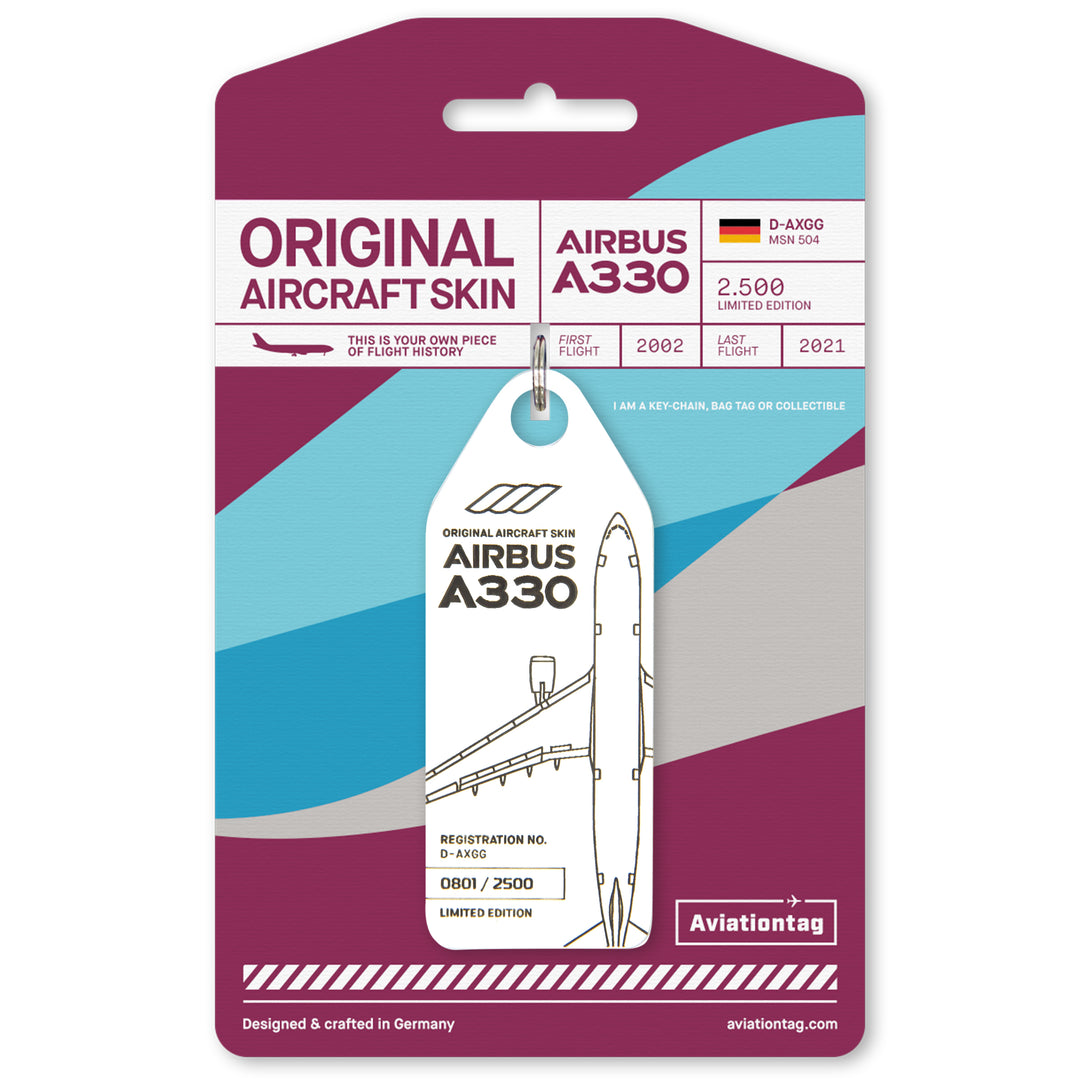Interview with Scott Bateman - former Captain of the XV209

I started my interest in aviation when I joined the Air Cadet organisation back in 1985. This fuelled my passion for all things aviation and it was a natural progression when I joined the RAF in 1990 as an Air Loadmaster on the C130. After training I served on 47 Squadron from 1991 through to 1997 at which point I was selected to undertake pilot training.
I was fortunate to rejoin 47 Squadron flying the C130, first as a co-pilot, then latterly as a Captain. I left the RAF in 2008 to follow the well trodden path into the airlines. I have been fortunate to be able to fly the Boeing 747-400 for my airline career thus far. However, I am in the process of training to transition to a new aircraft.
Yes, I think that any young person that is enthused by aviation would love to be a pilot. However, like so many, I wasn’t successful on my first application but didn’t lose faith and continued my quest to the “drivers seat”.
The C-130 is a formidable tactical aircraft and there is nothing that offers the flexibility of this platform in the military inventory. It is capable of transporting outsized loads and personnel from the most austere of airfields and on occasion from beaches and fields. There is no better pilots aircraft and the modern iterations of this, such as the LM-100J are now being used to support specialist missions such as fire-fighting and the oil industry. Whether it be dropping parachutists from 25,000 feet over San Diego or flying around the hills of Scotland at 250 feet there is no better way to spend a day in an aircraft, than in command of a Hercules.
I was very fortunate to have flown this aircraft to every continent with the exception of Antarctica, although some colleagues have been there as well. The flexibility of the aircraft means that is can easily be adapted to be the workhorse in the extremes of our planet such as the heat of the Middle East and cold of the Artic in Northern Norway.
The flight that was most memorable for me wasn’t one in a war zone or even whilst on operational service. It was a flight I commanded that flew our families as part of our annual families day. This event is used to thank those who support us and allow us to serve. During the day we endeavoured to fly as many of our families as possible and on one of these flights I flew my children on the flight deck. This was an amazing opportunity and they all still remember to this day that we were “intercepted” over the West Country by the Rolls Royce owned Spitfire. Two legends together.

The C130 is such a great aircraft because despite being complex, it is at it’s core an easy aircraft to operate and more importantly maintain in any environment. There is significant redundancy in all of the systems and it would take a series of complex failures to ground the aircraft. This is in stark contrast to some of the more complex tactical transporters that exist today.
The RAF C130’s were all equipped with the ability to carry out airborne refuelling. This capability is a tactical tool that allows the commander to extend the range of the aircraft or allow it to operate at low weights from smaller airstrips and then refuel after take off to fly farther. During the RAF was also one of the first operators of a C-130 tanker fleet. These were predominantly stationed in the Falklands to support fighter aircraft stationed there. I flew on a few of these hybrid aircraft and these were retired in the mid-1990’s.
When flying an airliner it is a very different role to the tactical flying of a C-130. I don’t think that my passengers would appreciate the tactical manoeuvres of the C-130 as it may spill their drinks or spoil their meal. That aside the operation of the aircraft has a similar focus, in that safety is paramount and every thing that can be reasonably envisaged is discussed in terms of risk. This allows the crews to make every flight as safe as it possibly can be. The mission may be different but the focus is reassuringly similar.
I am one of the three founders of The AvGeeks, which started almost a year ago now, although we had the idea a year or so before that. There team of Steve, Arthur, and I all share a passion for instilling a passion for all things aviation in the next generation. There are less and less opportunities for people to engage with aviation in a meaningful way and we hope to change that through a number of initiatives.
Progress in the first year will always be challenging as this is a hobby for us all, but we have recently launched a new website (www.theavgeeks.com) which we are very pleased with. This will be the platform that hosts all of our content we have been working on over the past year and beyond.
We have lots of exciting things planned for the platform and hope to host a number of events in the coming year that offer great access. When you combine this with our competitions such as the recent ability to visit the tower at Heathrow, we have something that will appeal to everyone who is remotely interested in aviation. I would commend anyone to sign up for our newsletter, it’s free, and will highlight all of these opportunities as they emerge this year.
Thanks for your time, Scott! Follow Scott and the AV Geeks on Twitter: @Scottiebateman @AvgeeksAero

Get your Aviationtag now!









Leave a comment